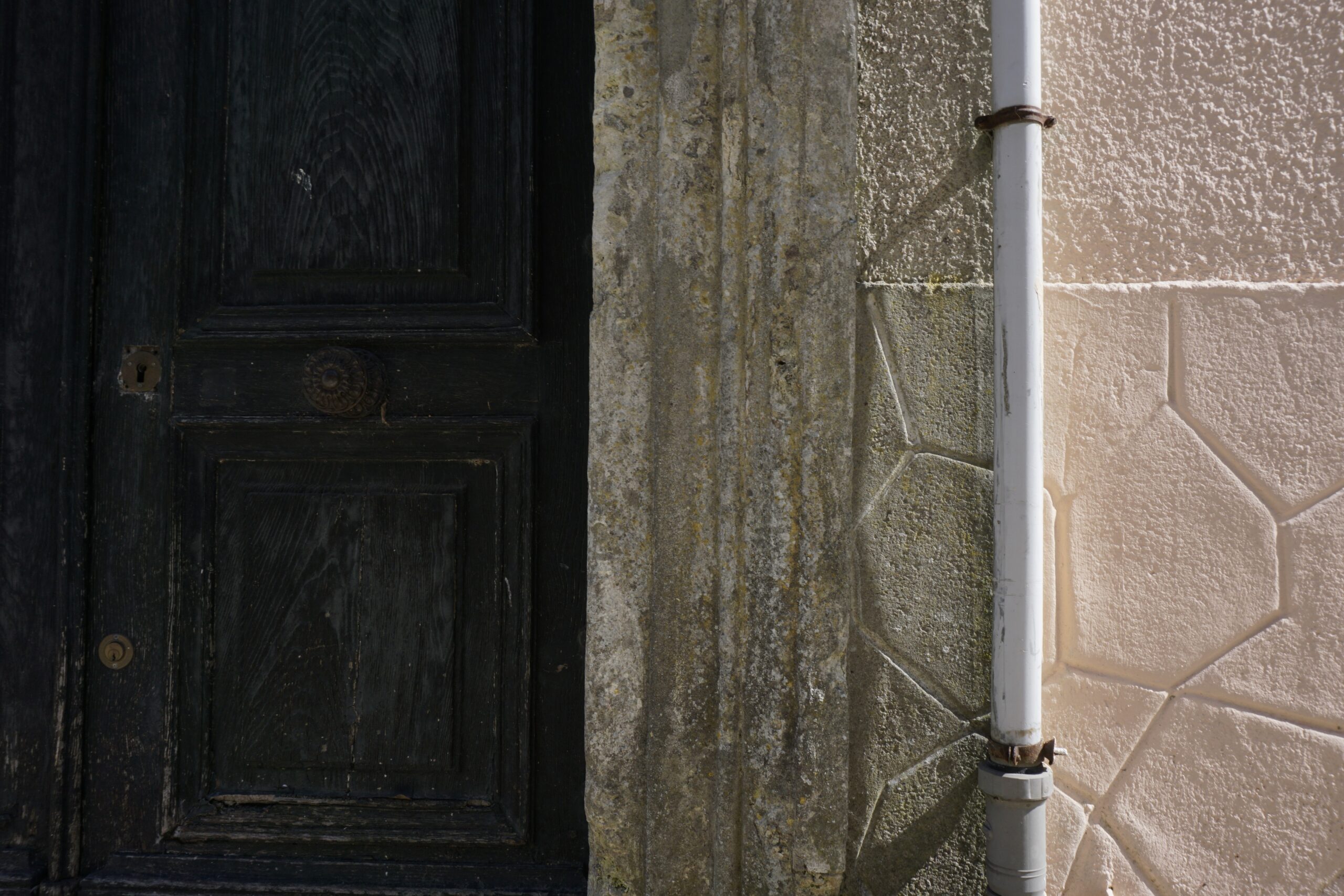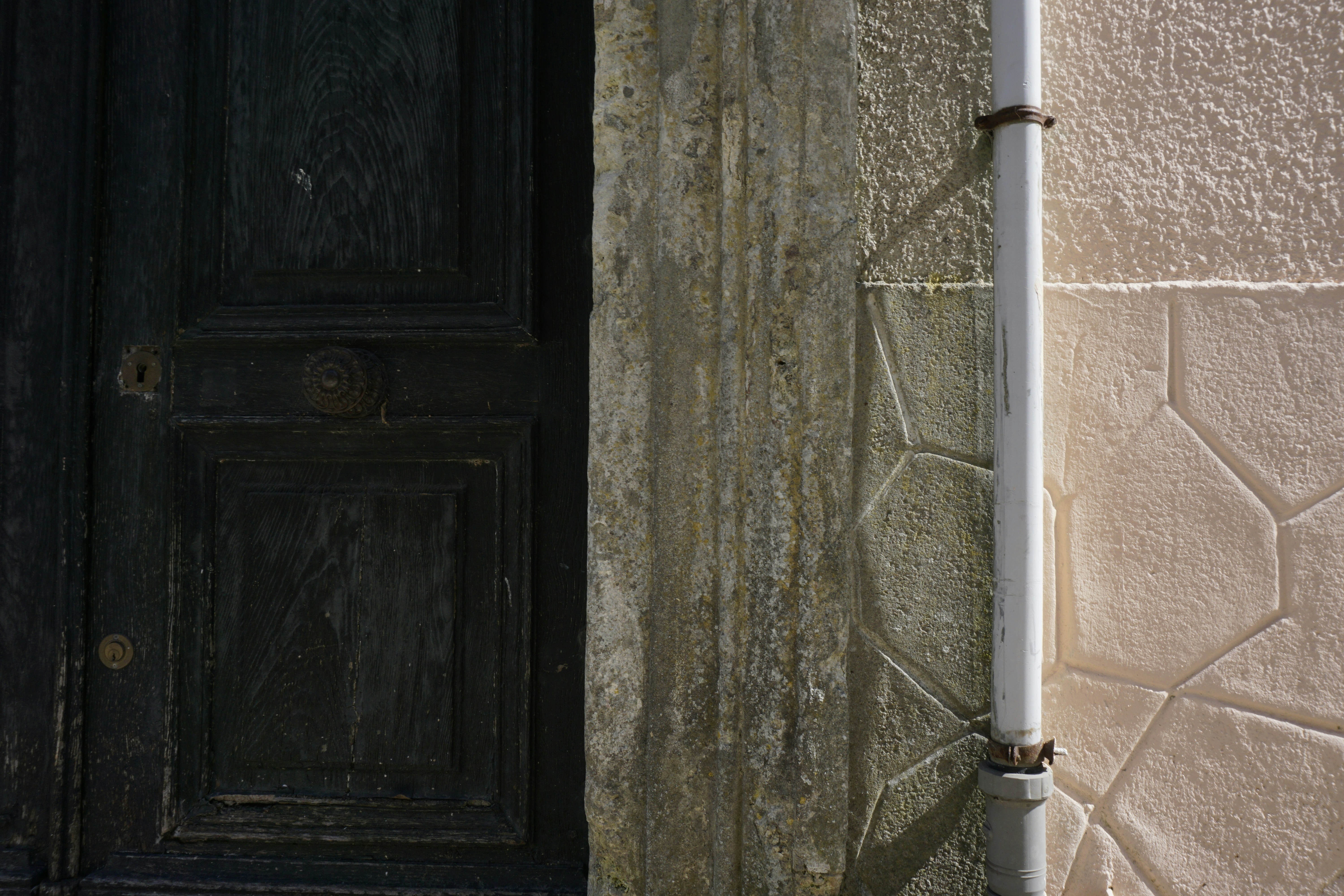Maintaining the well casing and seal is crucial for the proper functioning and longevity of your well system. This article will provide you with essential information about how to keep your well casing and seal in good condition, ensuring clean and safe water for your household. From understanding the importance of regular inspections to learning effective cleaning techniques, we’ll cover everything you need to know to maintain your well casing and seal with ease. So, let’s dive in and explore the key factors that you should keep in mind for a well-maintained and reliable well system. Maintaining the well casing and seal is crucial for the overall functionality and longevity of a well. Proper maintenance not only ensures the quality of the water but also prevents contamination and potential damage to the well structure. In this article, we will explore the importance of well casing and seal maintenance and discuss various practices that can help keep your well in optimal condition.
Preserving Water Quality
One of the primary reasons for maintaining the well casing and seal is to preserve the quality of the water. The well casing acts as a protective barrier, preventing surface contaminants and pollutants from seeping into the water supply. By regularly inspecting and maintaining the casing and seal, you can ensure that the water remains clean and safe for consumption.
Preventing Contamination
Contamination of the well water can occur if the casing or seal is damaged or compromised. When this happens, various contaminants such as bacteria, chemicals, and debris can enter the well, posing a risk to both humans and animals. By regularly inspecting and repairing any damages, you can prevent contamination and ensure the well’s water remains free from harmful substances.
Ensuring Proper Functionality
The well casing and seal play a crucial role in maintaining the overall functionality of the well. The casing provides structural support and prevents the well from collapsing, while the seal helps to maintain the pressure and prevent water leakage. Regular maintenance ensures that these components are in optimal condition, allowing the well to function properly and efficiently.
Regular Inspection and Monitoring
To effectively maintain the well casing and seal, it is important to conduct regular inspections and monitoring. By doing so, you can identify any potential issues and address them before they escalate into bigger problems. Here are some key aspects to consider when inspecting and monitoring your well.
Understanding the Components
Start by familiarizing yourself with the different components of the well casing and seal. This will enable you to identify any abnormalities or signs of damage more easily. The main components include the casing itself, the cap, the seal, and the vents. Understanding these components will help you in identifying any potential issues during the inspection process.
Checking for Signs of Damage
During the inspection, closely examine the well casing for any signs of damage. Look for cracks, holes, or corrosion that could compromise the integrity of the casing. Pay attention to the seal as well, checking for any signs of wear and tear or indications that it is no longer functioning properly. Additionally, check for any blockages or damage to the vents and caps.
Monitoring the Water Level
Monitoring the water level in the well can provide valuable information about its functionality. Keep track of the water level over time and compare it to previous readings. A significant drop in the water level could indicate a problem with the casing or seal, such as a leak or damage. If you notice any drastic changes, it is important to investigate further and take appropriate action.
Cleaning and Flushing the Casing
Regular cleaning and flushing of the well casing are essential to remove sediments, impurities, and blockages that may accumulate over time. This helps maintain the flow of water and prevents any potential damage to the well. Here are some steps to consider when cleaning and flushing the casing.
Removing Sediments and Impurities
Start by removing any visible sediments or impurities from the casing. This can be done using a brush or a water pump to flush out the debris. Take care not to use any harsh chemicals or cleaning agents that could contaminate the water. Simple mechanical cleaning methods are usually sufficient to remove most sediments and impurities.
Using Appropriate Cleaning Agents
In some cases, the well casing may require more intensive cleaning to remove stubborn contaminants. In such instances, it is important to use appropriate cleaning agents that are safe for the well system and the environment. Consult with a well professional to determine the best cleaning agents for your specific well casing.
Flushing Techniques
Flushing the well casing with clean water can help remove any remaining debris and ensure the free flow of water. Use a water pump or a high-pressure hose to flush water through the casing. Start from the top and work your way down, allowing the water to carry away any loosened sediments and impurities. Repeat the process as necessary, ensuring that the water running through the casing is clear and free from contaminants.
Repairing Damaged Casings
If you notice any signs of damage during the inspection process, it is important to address them promptly to prevent further deterioration. Here are some steps to take when repairing damaged well casings.
Identifying Leaks and Cracks
Leaks and cracks in the well casing can occur due to various factors such as age, corrosion, or physical damage. Conduct a thorough inspection to identify the location and extent of the damage. This will help determine the most appropriate repair method.
Sealing and Patching Methods
Depending on the severity of the damage, different sealing and patching methods can be used to repair the well casing. Small cracks or holes can often be fixed using epoxy or specialized sealing compounds. For larger damages, it may be necessary to replace the damaged section of the casing.
Professional Repair Services
In some cases, repairing the well casing may require professional assistance. Certified well contractors have the knowledge and experience to accurately assess and repair the damage. If you are unsure about how to proceed or if the damage is extensive, it is advisable to seek professional help to ensure the repairs are done correctly.
Maintaining the Well Seal
The well seal is a crucial component that helps maintain the integrity of the well system. Regular maintenance of the well seal is necessary to ensure its effectiveness and prevent any water leakage or contamination. Here are some key considerations when maintaining the well seal.
Monitoring Seal Condition
Regularly monitor the condition of the well seal to check for any signs of wear, damage, or deterioration. Inspect the seal for cracks, tears, or gaps that could compromise its functionality. Addressing any issues promptly will help prevent potential problems and prolong the lifespan of the seal.
Replacing Worn-out Seals
Over time, the well seal may wear out and become less effective. It is important to replace worn-out seals to maintain the integrity of the well system. Consult with a well professional to determine the appropriate type and size of seal for your well.
Importance of Proper Seal Installation
Proper installation of the well seal is crucial for its functionality and effectiveness. Improper installation can lead to water leakage, contamination, or damage to the well casing. If you are unsure about how to install or replace the well seal, it is best to consult with a certified well contractor to ensure the job is done correctly.
Preventing Contamination
Preventing contamination of the well water is a critical aspect of maintaining the well casing and seal. Here are some practices that can help prevent contamination.
Avoiding Chemical Spills
Avoid storing or using chemicals near the well casing to minimize the risk of spills or leaks. Chemicals can easily seep into the ground and contaminate the water supply. Proper storage and handling of chemicals will help prevent accidental contamination.
Proper Waste Disposal
Dispose of waste materials and hazardous substances properly to prevent them from contaminating the groundwater. Follow local regulations and guidelines when disposing of wastewater, oil, pesticides, or other chemicals. Improper disposal can have serious consequences for the well water quality.
Monitoring Nearby Activities
Be aware of any potential sources of contamination near the well casing. Keep an eye on nearby activities such as construction, farming, or industrial operations that could introduce contaminants into the groundwater. Communicate with neighbors and inform them about the importance of maintaining a safe distance from the well.
Protecting the Casing from Physical Damage
Physical damage to the well casing can compromise its integrity and effectiveness. Here are some measures to protect the casing from physical damage.
Securing Casing Caps
Ensure that the casing caps are properly secured and in good condition. Casing caps prevent debris, animals, and other foreign objects from entering the well and causing damage. Regularly inspect the caps and replace any damaged or missing ones.
Preventing Structural Damage
Take precautions to prevent any structural damage to the well casing. Avoid placing heavy objects or driving vehicles near the well casing, as this can cause fractures or dents. Regularly inspect the area around the well for any signs of potential damage and take appropriate measures to prevent it.
Considering Protective Enclosures
Consider installing protective enclosures around the well casing to provide an additional layer of protection. Enclosures can shield the casing from physical damage caused by outdoor elements, machinery, or accidental impact. Consult with a well professional to determine the most suitable enclosure for your specific well.
Managing Environmental Factors
Environmental factors such as water drainage, freeze-thaw cycles, and vegetation growth can impact the well casing and seal. Here are some strategies to manage these factors and protect the well.
Controlling Water Drainage
Ensure that water drains away from the well casing to prevent pooling or saturation of the surrounding soil. Poor water drainage can lead to erosion, damage to the casing, and potential contamination. Implement proper grading and landscaping techniques to redirect water away from the well.
Preventing Freeze-Thaw Damage
In areas with freezing temperatures, freeze-thaw cycles can cause damage to the well casing and seal. Water trapped in cracks or crevices can expand when frozen, leading to cracks and fractures. Insulate the well casing and seal during winter months to protect them from freeze-thaw damage.
Managing Vegetation Growth
Vegetation growing near the well casing can cause physical damage and interfere with proper maintenance. Trim and remove any vegetation that is too close to the well casing to prevent its roots from penetrating the casing or obstructing access during inspections and repairs.
Ensuring Adequate Well Ventilation
Proper ventilation of the well is essential to prevent the buildup of gases, odors, and contaminants. Here are some considerations when maintaining well ventilation.
Clearing Debris from Vents
Regularly inspect and clear any debris or blockages from the vents to ensure proper airflow. Debris such as leaves, dirt, or insects can obstruct the vents, preventing adequate ventilation of the well. Remove any obstructions and clean the vents as part of routine maintenance.
Checking Ventilation Systems
Inspect the ventilation systems associated with the well to ensure they are functioning properly. This includes fans, blowers, or other mechanisms used to facilitate ventilation. Regularly clean and maintain these systems to prevent malfunctions that could impact the well’s ventilation.
Importance of Proper Ventilation
Proper ventilation is critical for the wellbeing of the well system and the surrounding environment. It helps to remove and disperse potentially harmful gases, odors, and contaminants from the well. Without proper ventilation, the well’s functionality and water quality can be compromised.
Consulting Professionals for Maintenance
Maintaining the well casing and seal can be complex, and it is often beneficial to seek professional assistance. Here are some professionals you can consult for maintenance and advice.
Hiring Certified Well Inspectors
Certified well inspectors have the expertise to conduct thorough inspections and assessments of your well system. They can identify any potential issues and provide recommendations for maintenance or repairs. Hiring a certified well inspector can provide peace of mind and ensure that your well is in optimal condition.
Engaging Qualified Well Contractors
Well contractors specialize in well construction, repair, and maintenance. They have the necessary knowledge and equipment to address any issues with the well casing and seal. Engaging a qualified well contractor ensures that the repairs or maintenance tasks are performed correctly and efficiently.
Seeking Expert Advice
If you have any concerns or questions about maintaining the well casing and seal, seeking expert advice is always a good idea. Consulting with professionals in the field can provide valuable insights and guidance specific to your well. They can offer recommendations tailored to your well’s unique characteristics and help you make informed decisions about maintenance strategies.
In conclusion, maintaining the well casing and seal is crucial for preserving water quality, preventing contamination, and ensuring proper functionality. Regular inspection, cleaning, and repair of the well casing and seal are essential practices to keep your well in optimal condition. By following these maintenance guidelines and consulting with professionals when needed, you can enjoy clean and safe water from your well for years to come.




